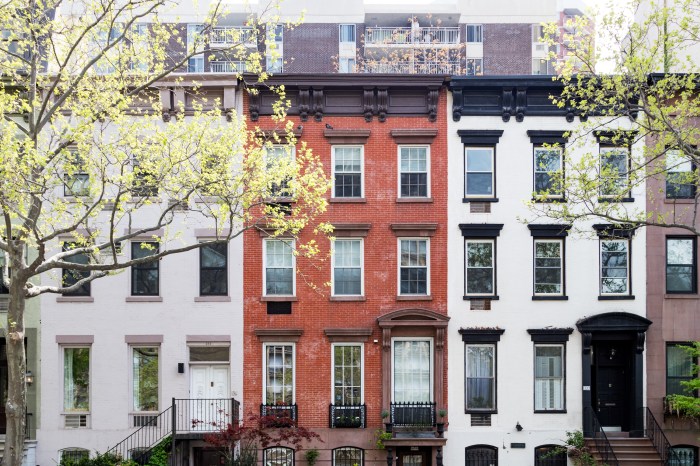Piece by piece, NYC officials are trying to create a secondary transit system, one not reliant on state funding or MTA management. Earlier this year, Mayor Bill de Blasio announced plans for a streetcar to run along the East River in Brooklyn and Queens. More recently, he chose a new vendor to expand the ferry system.
In a city so reliant on aging infrastructure, where roads, bridges, tunnels and subways are overwhelmed, we certainly need new alternatives. To succeed, however, officials must address the communities most in need of public transit and provide service that will appeal to as many commuters as possible.
The new system will ferry riders starting from the Rockaways, Astoria and south Brooklyn to Wall Street, with other stops along the way. It’s a solid start. However, it seems silly, for instance, that it will take 50 minutes to go from Bay Ridge to Wall Street via ferry — but that’s because it’s a four-stop route. Officials should create more direct paths to Manhattan from the other side of the East River, especially as the MTA prepares to temporarily shut down the M and L subway lines for repairs; the ferry system must provide an attractive and fast alternative.
Also, any secondary system of streetcars and ferries must be integrated with the MTA’s subways and buses, so ferry riders can transfer for free. It can be done.
City Hall should quickly get the ferry routes up and running. It’s disappointing, for instance, that no routes to the Bronx are in the first wave of expansion, especially because so many residents there are underserved by transit. The ferry from Soundview to Wall Street, due to launch in 2018, should be fast-tracked. And beyond their existing plans, officials should connect other transit-less neighborhoods, too, such as other parts of the Bronx and northeastern Queens.
Ferries are efficient and reliable ways to commute in many major cities. Someday, they could become a commuting norm here. NYC must plan carefully and consult with commuters, too.
It’s time to take advantage of waterways that for too long have gone unused, and to link communities that for too long have been disconnected.

















